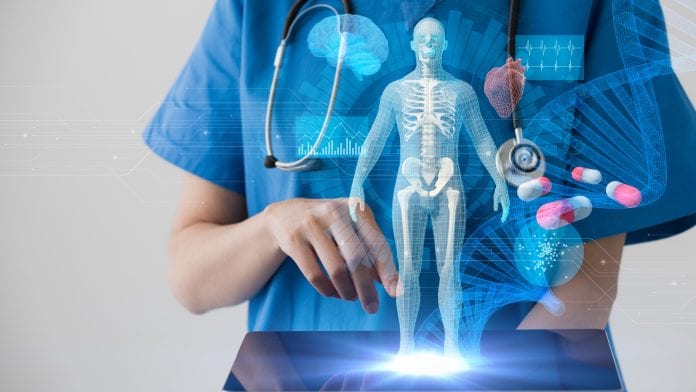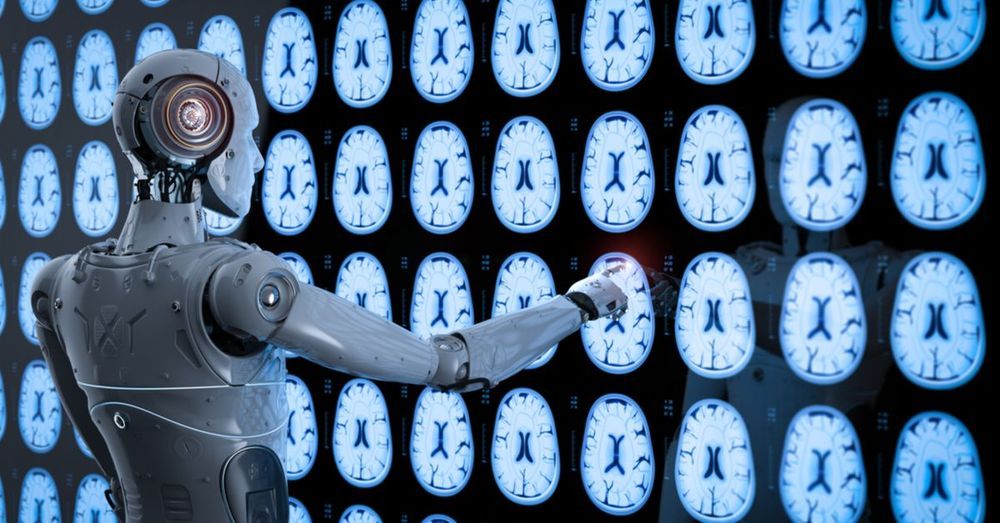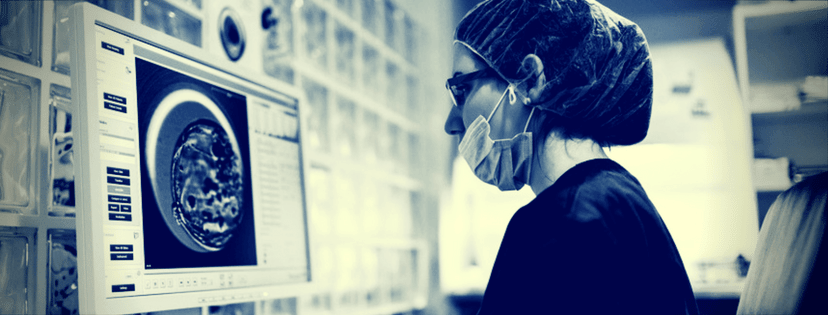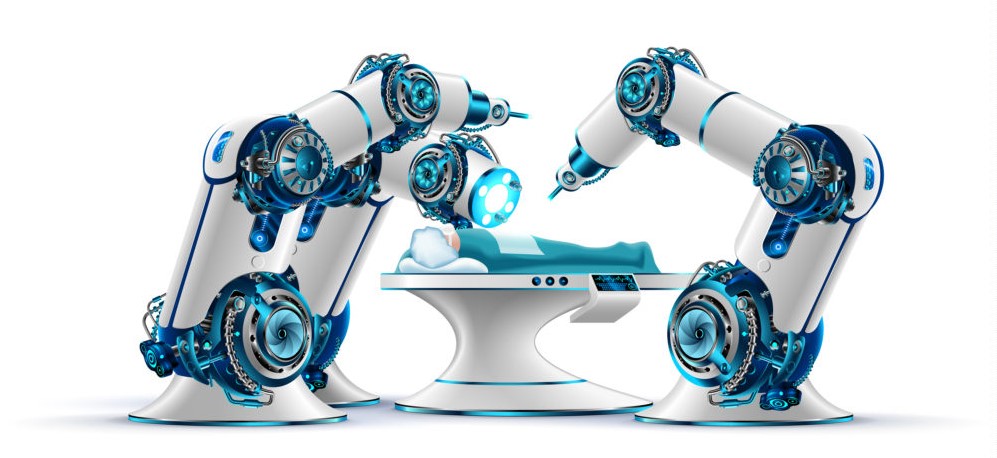Machine Learning for Medical Diagnostics
It appears as no secret that the latest technology is conquering our day-to-day lives. Such tendency is noticeable everywhere. No wonder that medicine also reaches out for high-end tech. After all, this field of study has always been breaking new ground. Among many breathtaking new tech developments, we find machine learning as the most thrilling one. Medical diagnostics is yet another environment that has been implemented. But what does machine learning mean and in what ways can it be used to save lives? Let us find out.
What Is Machine Learning?
Machine learning can relate to an area of research based on the use of Artificial Intelligence. It is devoted to algorithms that use automated enhancement by acquiring knowledge. I.e. through learning. These complicated algorithms create a model by using samples of data. They aim to predict real situations or make decisions without being earlier programmed to do so.
Scientists rely on machine learning algorithms in a handful of ways. Many research fields concentrate their growth on them. For example, IT can use this AI speech recognition for voice-controlled applications and mobile devices. By knowing our routine and locations we frequently visit, machine learning can be extended to our everyday activities. The options are limitless. Machine learning is currently getting more recognition in the field of medical diagnosis.
How and Why Can Machine Learning Be Used in Medical Diagnosis?
Machine learning algorithms can use a lot of stored data. They do it while looking for connections that are crucial in the decision-making process. When it comes to medicine, there is a huge amount of data to be outlined. People used to store and archive this data but modern technology goes a step further. Based on all collected data, ML algorithms are ready to provide multidimensional solutions.

Medical ML can also be used to look for new explanations. Medical facilities can use the collected data more accurately and efficiently. That is when algorithms come in handy. Effective information management is the key to shortening the valuable doctors’ time. Physicians find it easier to help with their patients’ conditions. In the meantime, medical facilities can save costs associated with different treatment processes.
What Are the Benefits of Using Machine Learning in Medical Diagnosis for the Doctors and the Patients?
The most important benefit of using machine learning in medical diagnosis is increased efficiency. While the AI becomes smarter through machine learning, medical staff have more time to focus on their work. Processing historical data helps all professionals obtain a new added value. This is fulfilled in the form of structured tips and prompts, created based on the detected connections.
In the field of medical diagnosis, machine learning helps not only in finding solutions but also in organizing data. Well-structured pieces of information can be used to any doctor’s advantage. Machine learning shortens the decision-making process. Since the AI stores and examines all provided data, it can connect different clues and explanations. All this results in quicker responses and ready-to-use solutions.

The main question is, how does machine learning help doctors and patients? Specialists rely on medical diagnosis machine learning for its proficiency in collecting and analyzing data. Even if the patient’s medical history is rich, it can be less useful if not structured well enough. That is where AI steps in, providing physicians with organized information and well-prepared solution ideas.
Medical diagnosis machine learning lowers the risk of incorrect examination. It may give patients more confidence when visiting a physician. AI looks through a ton of data to learn the best possible outcomes of different treatments. Patients can receive the ultimate analysis of their health problems. Machine learning can help convalescents recover faster and avoid complications. Such methods may even apply to cancer treatment.
What Medical Specialties Can Benefit From Machine Learning?
With the use of medical machine learning, the opportunities to prosper are truly limitless. AI in medicine proves to be useful within all specialties. It already becomes helpful during patients’ examination and diagnosis. Doctors can use machine learning throughout complicated treatments and operations. Pharmacology uses machine learning too when developing new drugs.

The most recent use of medical machine learning was the development of COVID-19 vaccines. A few prominent pharmacological companies relied on AI for determining the coronavirus structure. Machine learning proved to be helpful when it came to predicting the key components provoking an immune response. Gathering data through machine learning also helps scientists track the mutations of the virus over time. This is going to prove useful for any new coronaviruses and vaccines in the future.
Examples of Medical Applications Using Machine Learning
In medicine, the broad spectrum of algorithms, statistics, and machine learning AI is constantly increasing. We want to concentrate on machine learning for medical diagnosis. Yet, in other areas of healthcare science, this great technology can also be used. Amongst others, the list of medical machine learning applications includes:
- Virus outbreak prediction.
AI can simulate different viruses and illnesses behaviors. It can prove helpful to nip all new outbreaks in the bud.
- Drug development.
Learning the symptoms, solutions, and recovery methods, AI can be vital in designing and manufacturing drugs. It may also help shorten the time needed to present a new drug on the market.
- Organizing health records.
Well-sorted info on health issues, drugs, treatment, and other records is vital in any organized institution. Keeping up-to-date facts and figures shortens the processing time when quick and on-point medical decisions are needed.
- Improved radiotherapy.
Cancer treatment is still one of the most important issues in the modern medical world. Machine learning in radiotherapy is considered one of the main factors that will help treat cancer more efficiently.
- Clinical trials.
Applying medical ML in clinical trials reduces the costs of completing any thorough research. For example, it can be useful in the case of developing a vaccine. By constant monitoring of the trial patients, machine learning cuts the time of clinical trials.
What Are the Symptoms and Diseases Machine Learning Can Detect?
In many cases around the world, the use of machine learning is still limited. Physicians do not always completely rely on AI, rather considering it as an addition to their diagnosis. Yet, the truth is that machine learning needs to be used more often. Why? Well, to keep on learning. Through gathering information of symptoms and diseases it can constantly develop new efficient solutions.

Right now machine learning can prove useful in determining a lot of indicators and illnesses. AI is commonly used in cardiology, neurology, physical medicine and rehabilitation, surgery, and many more branches of medicine. During the pandemic, medical diagnosis using machine learning is helpful with predicting COVID-19. AI detects and analyzes symptoms to determine whether or not they are signs of the coronavirus.
Challenges of Using Machine Learning for Medical Diagnosis
The use of AI should solve problems, not pose new challenges. Still, we need to understand that using machine learning for medical diagnosis is still fresh and new. Scientists want AI to learn all about symptoms and diseases to receive the ability for faster responses. But should we not learn about AI as well?
The main challenge of using machine learning is our lack of knowledge and understanding. Through learning, AI develops its way of thinking and analyzing. It distinguishes things differently than human beings, sometimes using extraordinary methods. That is why doctors need to learn how AI thinks in order to understand it and co-exist with it.
Among examples of unique AI behavior, there is one with cats and dogs. Using machine learning, AI can be taught to recognize pictures of these two species by their anatomy. However, there is one variable that we should take into consideration. Dogs as commonly photographed outdoors, while cats’ photos are usually taken indoors. AI can learn to distinguish the differences between the surroundings and then correctly recognize the two species.
The Future of Machine Learning in Medical Diagnosis
We can all agree that medical diagnosis and machine learning have to stay connected to each other. Using AI complements treatment methods, while medicine learns from its unique way of thinking. Technology and human knowledge should work as a system of combined vessels. We see more and more examples of good AI behavior for medical purposes. Nonetheless, medical diagnosis machine learning needs to improve in the nearest future.

AI must come a long way to receive full power to operate within fields of medicine. Its mistakes need to be caught and corrected by professionals. The human factor is vital. Algorithmic biases are common all around the AI world. Yet, through well-progressed machine learning, such mistakes can be fixed. It also applies to medicine. When it comes to saving human lives, research on machine learning AI is crucial at this point.
Wider use of machine learning in medical diagnosis is inevitable in the years to come. Patients will gain a lot from a combination of professional physicians’ know-how and the unique support of AI. Such a blend would shorten the decision-making process. Who knows, maybe one day AI will overtake the whole treatment procedures? Only time can tell if sci-fi scenarios will become our reality.
![]()
Subscribe to us










